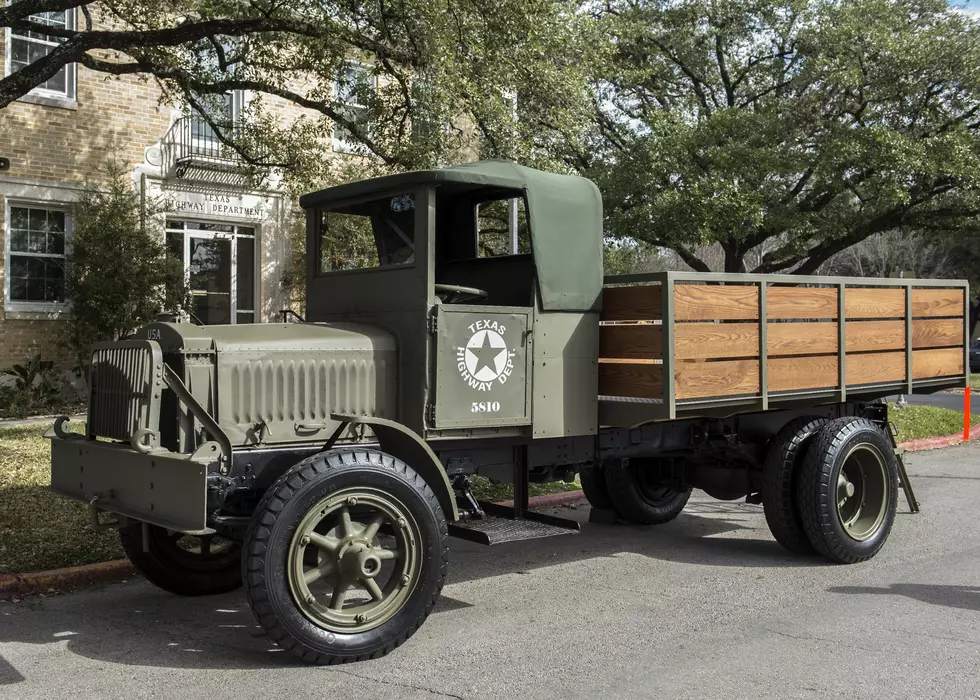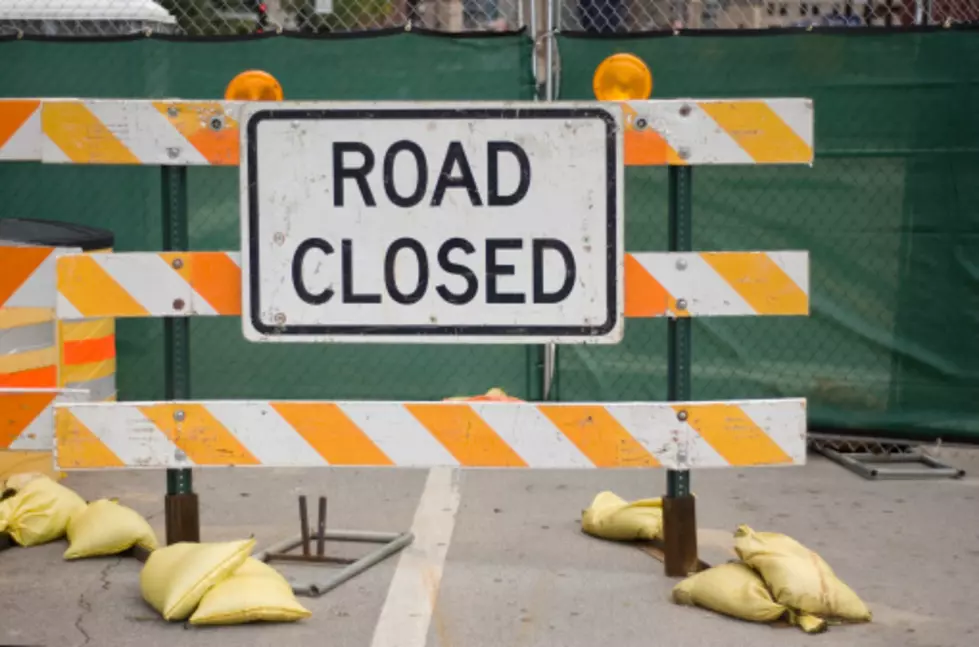
Interstate 14 Development News
While development of Interstate 14 across Texas will take decades, momentum for improvement projects in the corridor is building and has support from the Texas Department of Transportation (TxDOT).
Representatives of two dozen communities that make up the Gulf Coast Strategic Highway Coalition gathered in Austin this week to hear about current and future highway transportation needs including the fact that improved highways add military value to bases in Texas and Louisiana.
The first 25-mile segment of US 190 is now part of the Interstate Highway System. It runs from Interstate 35 in Belton to Copperas Cove and provides direct access to the main gate at Fort Hood in Killeen. A celebration is being planned in the coming months to unveil the first I-14 signs.
For more than a decade the Gulf Coast Strategic Highway Coalition has been advocating for improved highway connections between U.S. Army facilities at Fort Hood, Fort Bliss and Fort Polk and the strategic military deployment ports at Beaumont and Corpus Christi. Such improvements increase the military value of those installations as they perform their assigned mission.
“Since the Interstate Highway System was designated initially as a defense highway system, it only makes sense that with a military installation like Fort Hood we would want to make sure that it is tied and connected directly to our interstate system,” TxDOT Deputy Executive Director Marc Williams told the group during the Coalition’s annual meeting.
In 2015 the Congress created the Central Texas Corridor generally along the US 190 route and designated it as future I-14. The Coalition and members of Congress are currently supporting additional legislation to adjust the corridor in West Texas so that it will serve San Angelo and Midland-Odessa.
Williams noted that it took only a year to go from congressional action to final decision on the first segment of I-14. He warned that it is going to take a long time and concerted effort to continue the progress. “The important thing is that you all have some momentum, you are organized, you are promoting the importance of that corridor, and TxDOT wants to do our part as well. We are working within our Transportation Planning and Programming Division to understand and begin to look at the feasibility of incremental improvements to that corridor,” Williams said.
He noted that the Texas Transportation Commission includes members who are strong supporters of highway projects that provide connectivity between regions and centers of commerce and production. He said Commission Chairman Tryon Lewis of Odessa certainly appreciates the significance of making investments to ensure that all of Texas is connected to key transportation corridors.
In a video message sent to the group, Congressman Brian Babin of East Texas said he believes I-14 can be an example to the nation of Congress getting something right when it comes to transportation. Congressman Babin is a member of the U.S. House Transportation Committee and was the House sponsor of the I-14 designation language.
Speakers during the annual meeting stressed the need for improved connectivity, particularly between the key Permian Basin oil and gas production region and seaports on the Texas Coast.
That included James Beauchamp, president of the Midland-Odessa Transportation Alliance, who explained that the Permian Basin is responsible for more than 50% of the oil produced in Texas and that the Texas Railroad Commission estimates there are roughly 500 years of recoverable oil and gas resources in the region.
“Our region is growing but we are isolated. That is why these highway connections are so important to us,” he said. He pointed to the value of improved highway connections between the Permian Basin and the frac sand mines in McCulloch County and the oil refineries and export terminals at the Port of Corpus Christi.
Roland Pena, economic development director for the City of San Angelo, also pointed to long-term energy development in West Texas and the importance of transportation in serving energy industry growth.
The Coalition also heard updates on transportation needs from Charlie Zahn, chairman of the Port of Corpus Christi Authority, Clayton Henderson of the Port of Beaumont, Major Gen. Kendall Cox who heads the Heart of Texas Defense Alliance, Malcolm Morris who represents communities supporting Fort Polk in Louisiana, McCulloch County Judge Danny Neal who talked about the expansion of frac sand mines in his county and Jasper County Judge Mark Allen who talked about the need for improvements in East Texas.
John Thompson, former county judge of Polk County and board chairman of the Gulf Coast Strategic Highway Coalition, said these updates helped Coalition members better understand how improvements to the I-14 Corridor and its connector spurs will help Texas take advantage of energy industry growth and provide new economic development opportunities across a wide area of the state.
The Central Texas Corridor begins in West Texas and runs through Killeen, Bryan/College Station, Huntsville, Livingston, the Alabama-Coushatta Tribe Reservation, Woodville and Jasper before crossing into Louisiana at the Sabine River near Fort Polk. Thompson said upgrading this corridor to interstate standard will mean improved safety and traffic mobility while creating new growth opportunities for the communities in the regions served by the future interstate highway.
About the Coalition
The Gulf Coast Strategic Highway Coalition is made up of cities, counties, local authorities and economic development organizations in Texas and Louisiana. The organization has been working for more than a decade in support of highway upgrades that will improve access between major U.S. Army installations at Fort Bliss, Fort Hood and Fort Polk and the Texas strategic deployment seaports that support them – the Port of Corpus Christi and the Port of Beaumont.
More From ESPN 960 San Angelo









